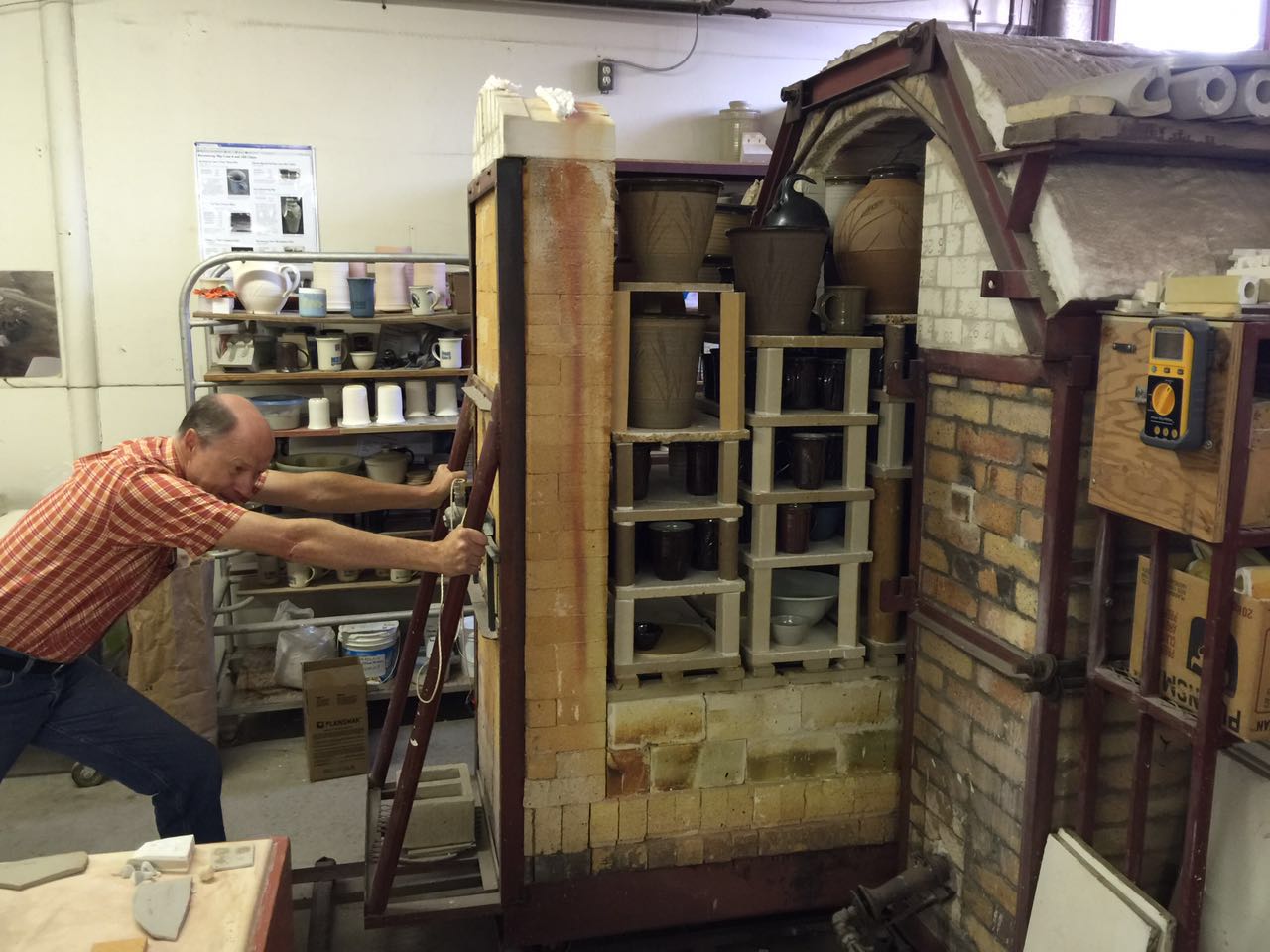| Monthly Tech-Tip | No tracking! No ads! | |
Tony Hansen
Tony Hansen is the author of Digitalfire Insight, Digitalfire Reference Library and Insight-Live.com, he is a long-time potter, ceramic lab-technician and body and glaze developer.
Key phrases linking here: tony hansen - Learn more
Details
I am a potter, researcher, author, software engineer, ceramic lab technician and dreamer. I am fascinated with the process and materials used in ceramics, with discovery and evolutionary development more than I am with the products I make. I have had a long and close association with Plainsman Clays, they have provided me with a well-equipped lab and studio, very flexible working arrangements and free use of anything in the factory and warehouse. In return, I do product development, QC and customer support. I am the author of Digitalfire Insight glaze chemistry software, Digitalfire Reference Library, and Insight-Live.com. I have developed ceramic materials and recipes sold and used around the world for decades, documenting my research publicly for decades.
Related Information
Why does Tony Hansen take months to unload his kilns?

This picture has its own page with more detail, click here to see it.
I love making pottery, but I love the technical side more. I searched for all the test specimens in this 2020 load of cone 10 reduction ware first, then pushed it back in and forgot about it. For three months! I really anticipate the test results (I am developing and adjusting many of bodies and glazes at any given time). The data and pictures for them go into my account at insight-live.com, it enables me to compare the chemistry and physical properties of recipes and materials side-by-side. That teaches me which roads to abandon and which ones to pursue. My last kiln went back in for six weeks, so things are getting worse! If you are wondering, we use the C10RPL firing schedule.
The recipe mixing area in the Plainsman Clays lab

This picture has its own page with more detail, click here to see it.
This is my lab work area of mineral, frit, chemical, stain and metal oxide powders for mixing test glazes and clay bodies. Not shown is my propeller mixer, perhaps the most important piece of equipment we have. And my plaster table for dewatering clay body slurries. Building up something like this, over time, is practical for any serious potter, most of these powders are inexpensive. Within minutes I can plan and enter a recipe into my Insight-live.com account, give it a code number, print it and weight it out.
Tony Hansen monograms on mugs

This picture has its own page with more detail, click here to see it.
In addition to the initials, almost everything made has code numbers written beside or below; these index into a group account at insight-live.com where all details, since the 1980s, are recorded. Sometimes the numbers simply are the name of a production (e.g. top right is M325). Often, the numbers were for tests being done (e.g. the "L4131" top left). Sometimes a code number spreads across two lines (e.g. lower left is actually "P6842"). The monogram on the lower right is pre-2000, it was incised using a Kemper trimming tool.
Links
| Glossary |
Digitalfire Foresight
Database software for DOS made by Digitalfire from 1988 until 2005 and was used to by ceramic technicians to catalog recipes, materials, test results and pictures. |
| Glossary |
Digitalfire Insight-Live
A cloud-hosted ceramics-targeted LIMS (lab info management system). It does glaze chemistry and physical testing the “Digitalfire way”. For technicians, educators, potters and hobbyists. |
| Glossary |
Digitalfire Insight
A downloadable program for Windows, Mac, Linux for doing classic ceramic glaze chemistry. It has been used around the world since the early 1980s. |
| URLs |
http://m.youtube.com/user/tonywilliamhansen
YouTube channel for Tony Hansen |
| URLs |
https://tonyhansen.com/tony.php
Tony Hansen Tony Hansen is the owner of Digitalfire Corporation, a technician at Plainsman Clays, a potter and product developer and internationally known web designer and programmer, graphic artist, author, educator and dreamer. |
| URLs |
https://digitalfire.com/4sight/material/index.html
Digitalfire Reference Database This is the traditional ceramics reference website that couples with your account at insight-live.com. |
| By Tony Hansen Follow me on        |  |
Got a Question?
Buy me a coffee and we can talk

https://digitalfire.com, All Rights Reserved
Privacy Policy
